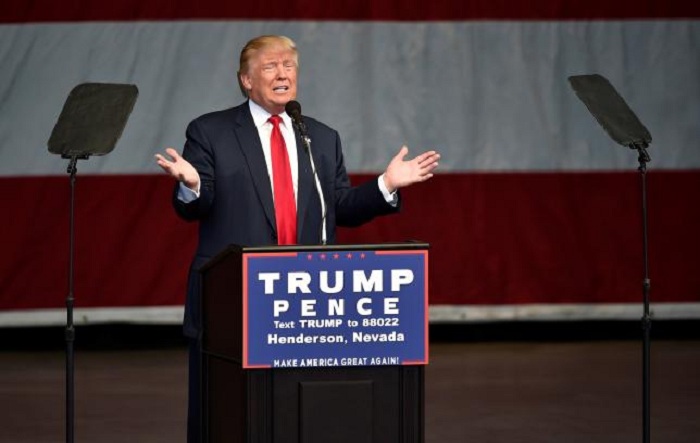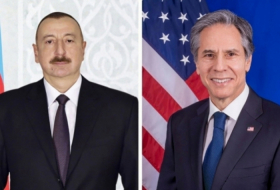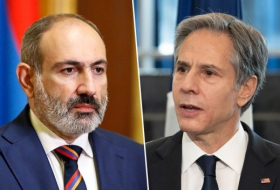Yet for all its headline-grabbing bold strokes — and the White House claims that it will reset the process of Washington policy making — major elements of the plan have already been declared dead on arrival by the Republican leadership in Congress, and much of the fiscal fine print will be filled in by Capitol Hill lawmakers and their aides over the next month.
House appropriations subcommittees began reviewing the plan late Wednesday. Among the cuts: drastic reductions in the 60-year-old State Department Food for Peace Program, which sends food to poor countries hit by war or natural disasters, and the elimination of the Department of Transportation’s Essential Air Service program, which subsidizes flights to rural airports.
The plan to be released at 7 a.m. tomorrow is a “skinny budget,” a pared-down first draft of the line-by-line appropriations request submitted by first-term administrations during their first few months. A broader budget will be released later in the spring that will include Mr. Trump’s proposals for taxation as well as the bulk of government spending — Social Security, Medicare, Medicaid and other entitlement programs.
Mr. Trump’s version is likely to be even skinnier than usual, a result of the chaos, inexperience and staffing problems encountered by the Trump White House over the first two months.
Issues with coordination plagued Wednesday’s briefing sessions: Republican communications staff members, who usually coordinate their messaging, complained that they had been given no White House guidance on its details or how to sell the plan, which covers the fiscal year that begins on Oct. 1.
In addition to the cuts at the E.P.A. and the State Department, Mr. Trump’s team is expected to propose a wide array of cuts to public education, to transportation programs like Amtrak and to the Department of Housing and Urban Development, including the complete elimination of the $3 billion Community Development Block Grant program, which funds popular programs like Meals on Wheels, housing assistance and other community assistance efforts.
In recent years, far smaller proposed cuts to the popular grant program, which includes flexible funding for a variety of housing and community projects, created a bipartisan uproar that nearly scuttled the entire budget-making process.
Receive occasional updates and special offers for The New York Times's products and services.
The E.P.A. is, arguably, the hardest-hit agency under Mr. Trump’s budget proposal: He wants to cut spending by nearly a third — $2.6 billion from its current level of $8.2 billion, according to a person who had been briefed on the proposal but was not authorized to speak publicly about it.
That would take the budget down to about $5.7 billion, its lowest level in 40 years, adjusted for inflation. In an initial draft, the White House had proposed cutting about $2 billion from the agency’s budget, taking it down to just over $6 billion, according to an aide familiar with the plan.
The E.P.A. administrator, Scott Pruitt, who has himself spoken out against some of the core missions of the agency he leads, went to the White House to request a smaller cut after the White House budget office first presented him its preferred spending level. He pressed for about $7 billion, according to the person. Instead, the White House slashed his budget down even further, to about $5.7 billion.
Mr. Trump’s proposed cuts to the E.P.A. are a magnitude greater even than those envisioned by congressional Republicans, many of whom forcefully oppose the agency’s regulatory agenda. Last year, the House spending subcommittee that controls the E.P.A.’s budget proposed funding the agency at $8 billion, cutting just $291 million from President Barack Obama’s request.
Representative Ken Calvert, the California Republican who is the chairman of that panel, said in an interview this year that he did not anticipate cutting the E.P.A.’s popular state grant programs, which fund projects like restoring the Great Lakes and cleaning and redeveloping formerly contaminated industrial sites.
The proposed State Department cuts, which leaked this month, have already created a backlash among some Capitol Hill Republicans.
Senator Mitch McConnell of Kentucky, the majority leader, has already said Senate Republicans will not agree to deep cuts to the $50 billion budget for the State Department and United States Agency for International Development initially proposed by the Trump administration’s Office of Management and Budget.
Mr. Trump’s original plan was to slash the State Department by as much as 37 percent — but budget director Mick Mulvaney has reduced the cuts to 28 percent to 31 percent, at the urging of legislators and Secretary of State Rex W. Tillerson, according to people with knowledge of the situation.
“This is definitely dead on arrival,” Senator Lindsey Graham, a South Carolina Republican who serves on the Senate Foreign Relations Committee, told reporters at the Capitol late last month of the proposed cuts to the diplomatic corps and foreign aid.
Mr. Tillerson also requested greater discretion in choosing where to make the cuts — although the White House instructed him to leave untouched the $3 billion annual foreign aid payment to Israel, officials said.
/The New York Times/
More about: #trumpbudget
















































